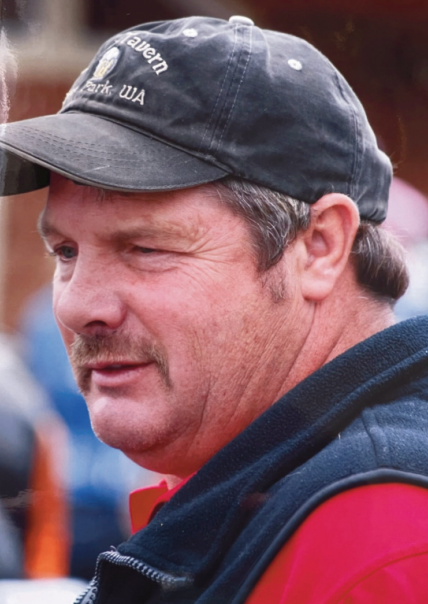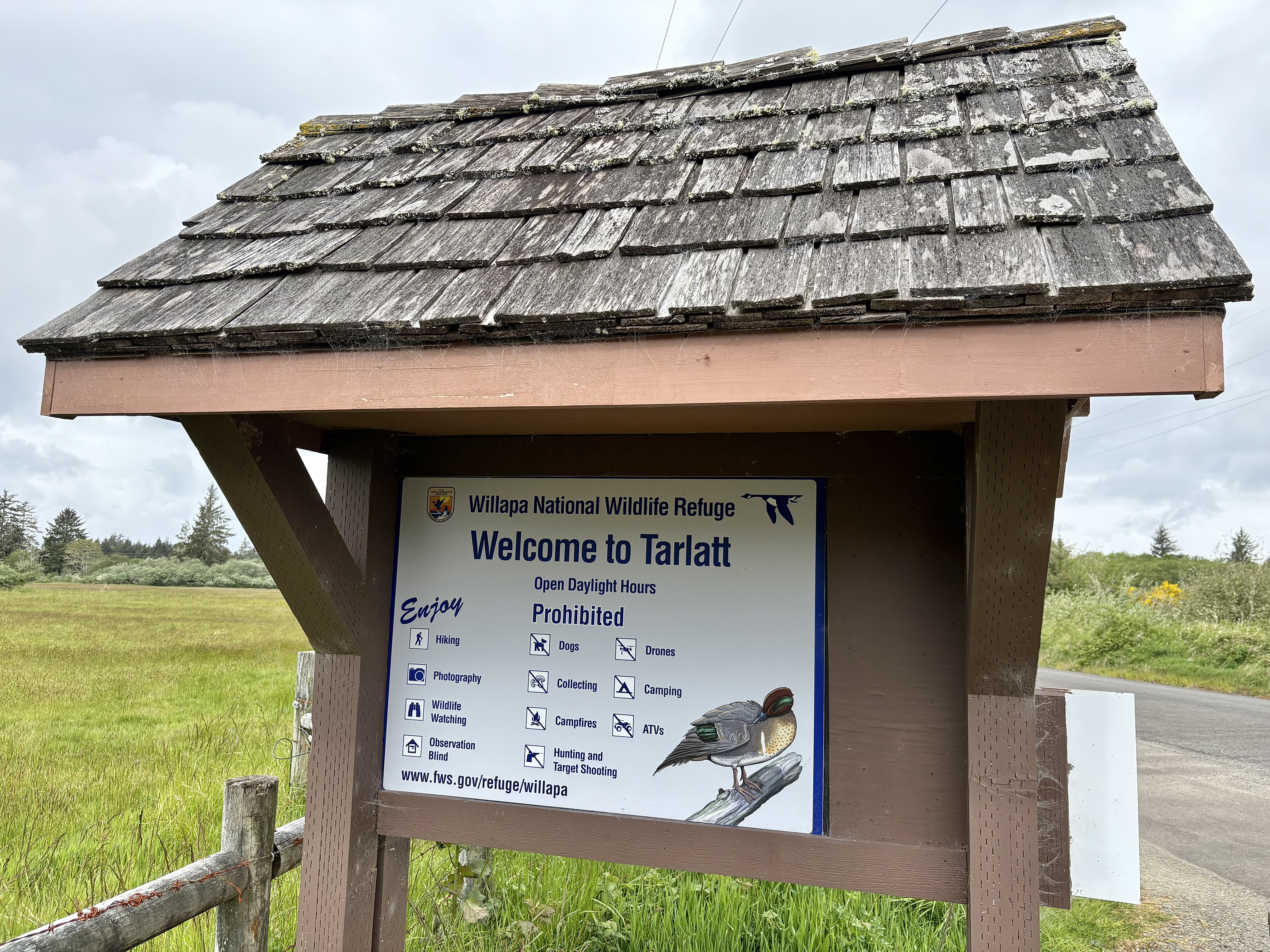Birdwatching Witness kestrels in the act of ‘on-line dating’
Published 12:34 pm Friday, March 23, 2018

- A pair of American kestrels can be observed near their nesting box in the Tarlett Slough area of south Willapa Bay.
You have heard this before, I know, but the Tarlatt Slough area on the south end of Willapa Bay always amazes and surprises me. If you are interested in seeing on-line dating in action, now is the time to go to Tarlatt, which is accessed via 95th Street, just south of Pacific County PUD’s Sandridge Road facility.
Trending
A pair of kestrels can be seen sitting on the overhead power lines or the diagonal power lines on 95th. They were sitting close together the other day, but today they were even closer to one another. They fly off together when they are on the hunt and fly back nearly always landing near to one another to either eat or to keep an eye out for a tasty rodent or insect dinner.
The other day they flew off to land in a fallen dead snag. The male flew to the nesting box, peered in the hole and then went in. He then flew to be with his bride on the dead snag. Clearly, he was happy with the chosen home. His bride must have approved of this choice because after inspecting the box, he went to her and they mated before my very eyes. It seems pretty clear that the pair have chosen the nesting box built especially for kestrels. I am certain they will make Tarlatt their home, and to my knowledge this is the first nesting record of a kestrel at Tarlatt.
The beautiful male’s slate-blue head and wings contrast beautifully with his rusty-red tail and back. The female kestrel has the same warm reddish color on her wings, tail and back. The kestrel is about the size of a robin or mourning dove. It hovers in the air facing into the wind when hunting for prey, using its beautiful tail to keep itself in place.
Trending
As indicated above, mating behavior begins about now. It happens as migration begins to occur in earnest. After a winter of feeding in different habitats with males in areas with a few trees and females in the more open areas, small flocks of kestrels come together, choices are made, and mating behavior gets under way. Some of the best habitat for kestrel nesting is found in the Tarlatt and Reikkola units of Willapa National Wildlife Refuge, and it looks like at least one pair of kestrels agrees.
It is a known fact that kestrels are on the decline. It is hoped that the pair of American kestrels I am seeing now will definitely nest at Tarlatt. One of the ways we as citizen scientists can ensure that the kestrel population rebounds is by placing nesting boxes in their typical habitat. This helps because kestrels love nesting boxes and take to them quite well. The refuge has begun this endeavor by placing boxes in both Tarlatt and Reikkola.
The next time you visit Tarlatt, look on the power lines. If you look carefully you may see the kestrels. They are dating on-line!









